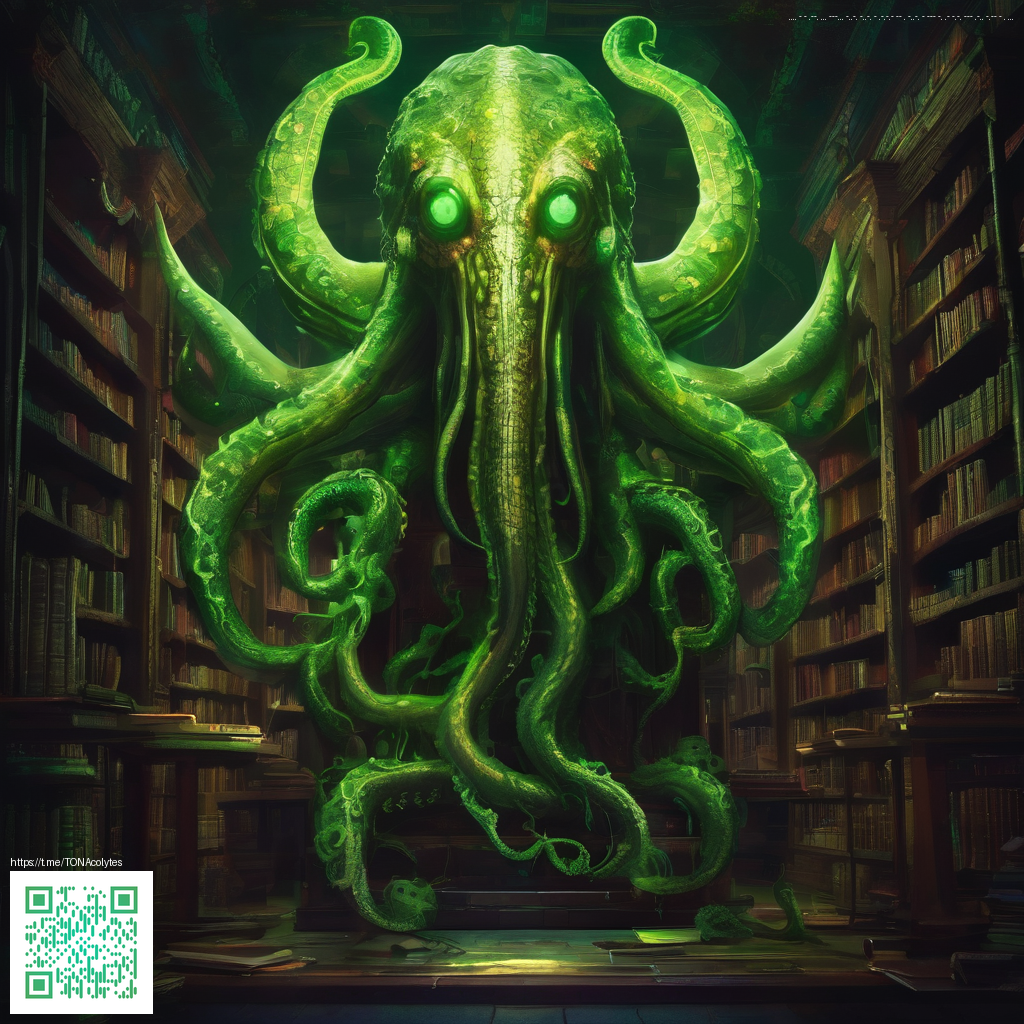The Influence of Japanese RPGs on Modern Gaming
Japanese role-playing games, or JRPGs, have shaped the direction of modern gaming in profound ways. From early turn-based systems to contemporary hybrids that blend action with strategy, their design language has permeated the mainstream and inspired a generation of developers and players alike.
Foundations: how JRPGs structured storytelling
In JRPGs, players often engage with long-form, character-driven narratives, ensemble casts, and world-building that invites exploration. The emphasis on a party of diverse characters with distinct backstories fosters a sense of camaraderie and commitment to a shared journey. This focus on ensemble storytelling and evolving relationships resonates in many contemporary titles, even outside the traditional RPG space, shaping how writers approach motivation, conflict, and payoff over a sprawling campaign.
Mechanics that echoed through the industry
- Turn-based roots allowed players to savor strategic decisions and character moments, teaching a patient, methodical pace that still informs turn-based and hybrid systems today.
- Job systems and skill trees delivered modular progression, encouraging players to experiment with roles and synergies. The legacy of Final Fantasy V and Chrono Trigger can be seen in modern titles that let players tailor their party’s capabilities.
- Menu-driven combat shaped intuitive interfaces that present complex decisions without overwhelming players, a design principle that appears across genres to lower friction and emphasize choice.
- Character-driven quests and moral complexity that go beyond binary outcomes, inviting players to weigh consequences and develop attachment to companions.
Recent titles blend cinematic storytelling with dynamic, real-time action. Kingdom Hearts fused Disney worlds with fast-paced combat, while Final Fantasy VII Remake married ambitious storytelling to reactive gameplay. These shifts demonstrate JRPG DNA across genres, inviting players to experience world-building and character arcs in novel ways while preserving the emotional cadence that fans love.
Localization, art, and music as cultural vectors
Localization of JRPGs demanded nuanced pacing, tone, and text density, influencing how publishers approach translation across genres. The art direction—bright palettes, stylized character designs, and imaginative worlds—continues to inform contemporary aesthetics in both indie projects and blockbuster releases. Music, too, remains a defining thread; composers such as Nobuo Uematsu and Yoko Shimomura set emotional benchmarks that guide how developers think about motifs and mood in interactive media.
For players who value reliability on extended journeys, a rugged option like the Case Mate Tough Phone Case can be a dependable companion. It’s a small detail, but it mirrors how JRPGs pay attention to the tools that support the adventure—the items, not just the moments.
A quick note on the digital landscape: the breadth of JRPG influence is often reflected in commentary across dedicated hubs and critique essays, offering a concise map of roots, branches, and cross-pollination with other genres. This helps new players understand how a genre evolved and where it intersects with modern gameplay design.
“JRPGs teach patience, pacing, and the value of team dynamics. The best modern games borrow elements rather than copy them wholesale.”
What modern developers borrow—and what they adapt
Time-based systems appear in titles that emphasize precise input timing, while class and job systems endure in hybrid designs that let players tailor a character’s role to fit a party’s needs. Even non-RPGs borrow companion-driven storytelling devices, where teammates offer personal quests, backstories, and evolving relationships that color a game’s world.
As the industry evolves, JRPGs remind us that accessibility matters. The best modern titles provide intuitive interfaces, clear progression, and meaningful beats that entice both newcomers and veterans. Whether you’re exploring an expansive open world or navigating a tightly crafted dungeon, the design language of JRPGs continues to inform how stories are told and how players are engaged.
Closing thoughts: a living lineage
In many ways, contemporary gaming is a tapestry woven from the threads of JRPGs—narrative ambition, character-driven choices, and a persistent curiosity about how systems can tell a larger story. That influence isn’t relic-bound; it’s a living, evolving thread that finds its voice in everything from indie experiments to blockbuster epics. As players, designers, and scholars continue to explore what interactive media can be, JRPGs will remain a critical touchstone—inviting us to think bigger about stories, systems, and the spaces between.
